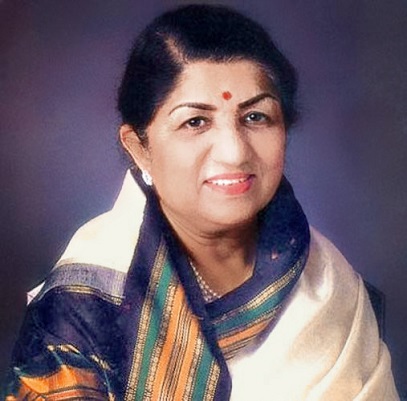LATA MANGESHKAR (1929-2022) What can we add to the millions of words said in praise of India’s foremost female singer,…
Read More

LATA MANGESHKAR (1929-2022) What can we add to the millions of words said in praise of India’s foremost female singer,…
Read MoreBreaking the barriers of aerial cinematography with tiny drones A tiny drone flies through a neighbourhood in Los Angeles, zips…
Read MoreViewSonic, a leading global provider of visual solutions, is offering myViewBoard for free to K12, colleges and universities for the…
Read MoreViewSonic announced the introduction of its latest lamp-free projectors at a trade show in Mumbai. Equipped with the 2nd generation…
Read MoreOptoma redefines home cinematic experience with the all-new P1.4K UHD ultra short throw laser projector with integrated soundbar As the…
Read MoreThis is the first digital freight forwarding company to raise fresh funds within one year of seed funding Mumbai, 13thDecember…
Read MoreSTEPPER EYEWEAR Celebrates 50 Years of Innovation. For a frame company to celebrate its 50th year of business and have…
Read MoreWe continue our review of TOP Bollywood soundtracks and, in this issue, look at number 11 to 20. Words: H.…
Read MoreChoosing the Top 10 tracks from Bollywood is no easy task. It is also very subjective. The T3 selection gives…
Read More